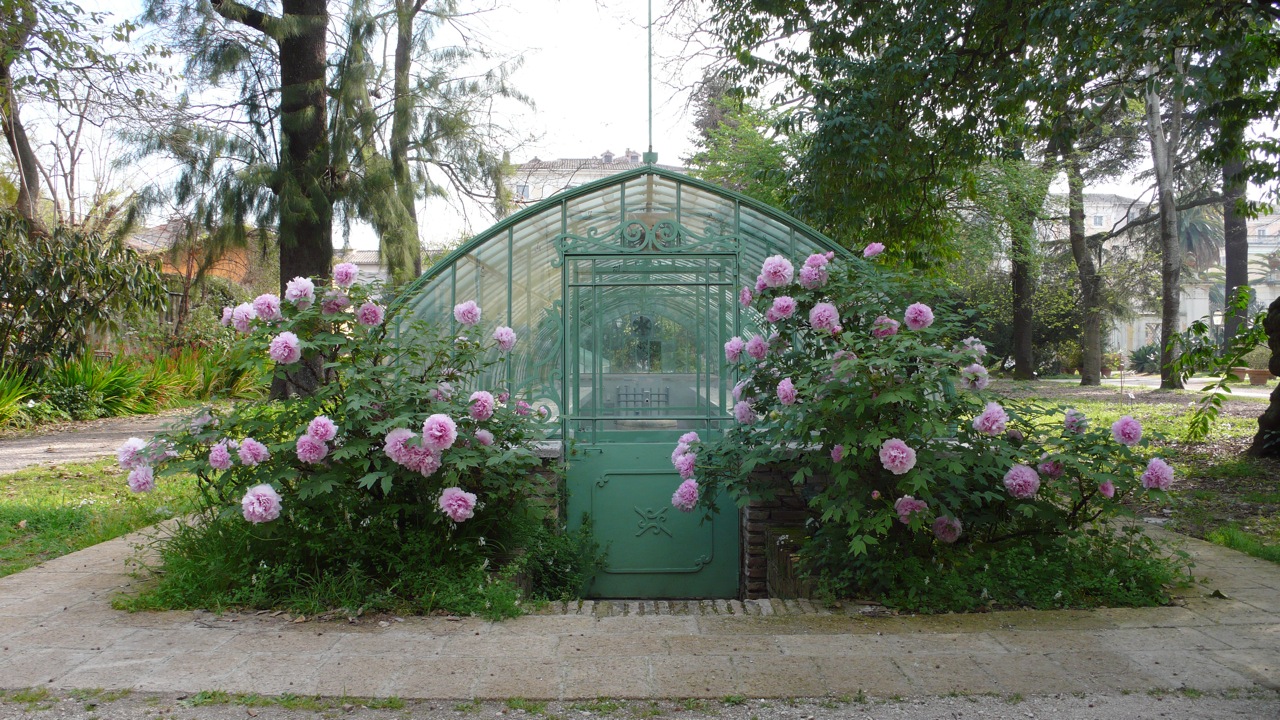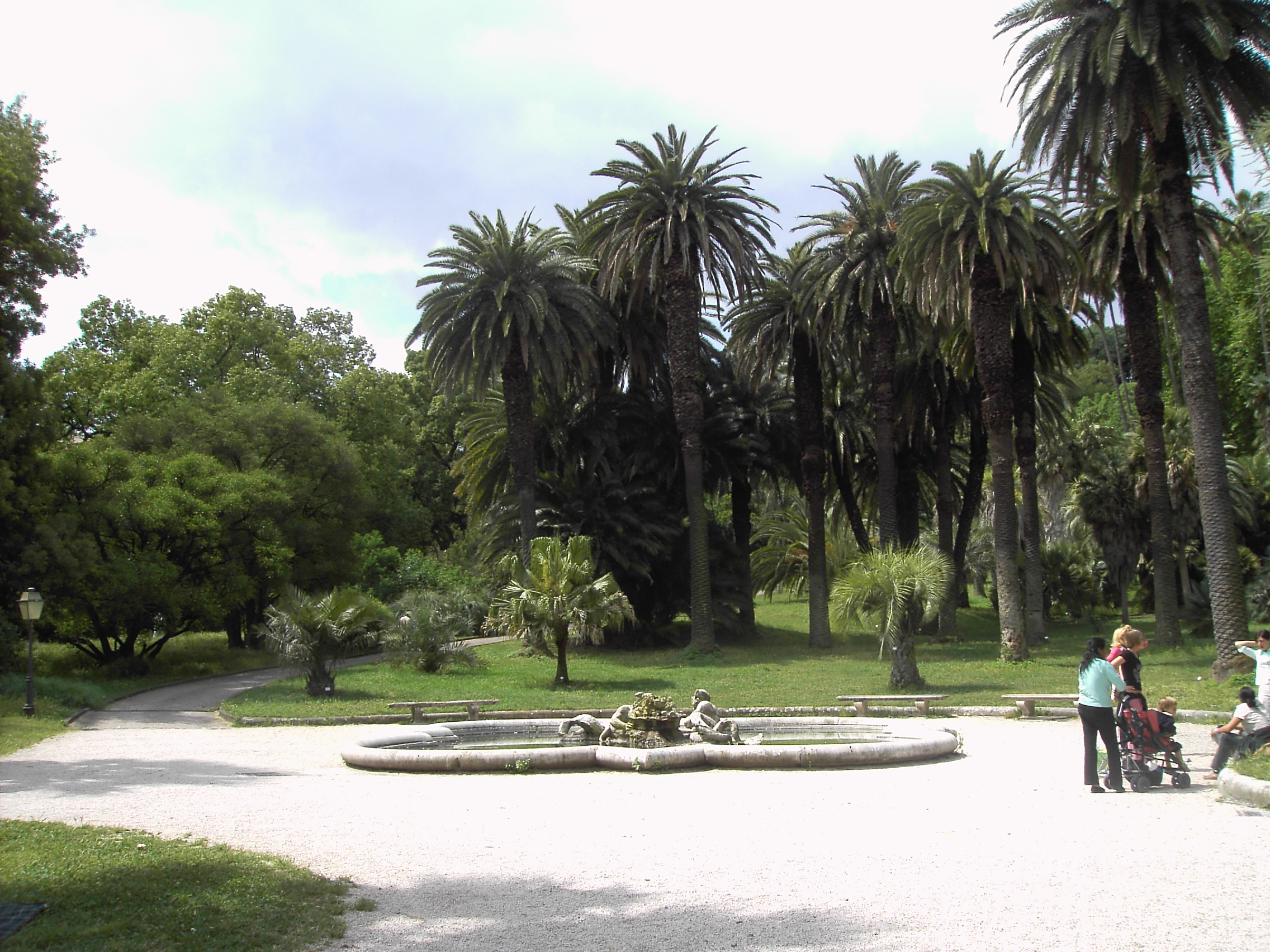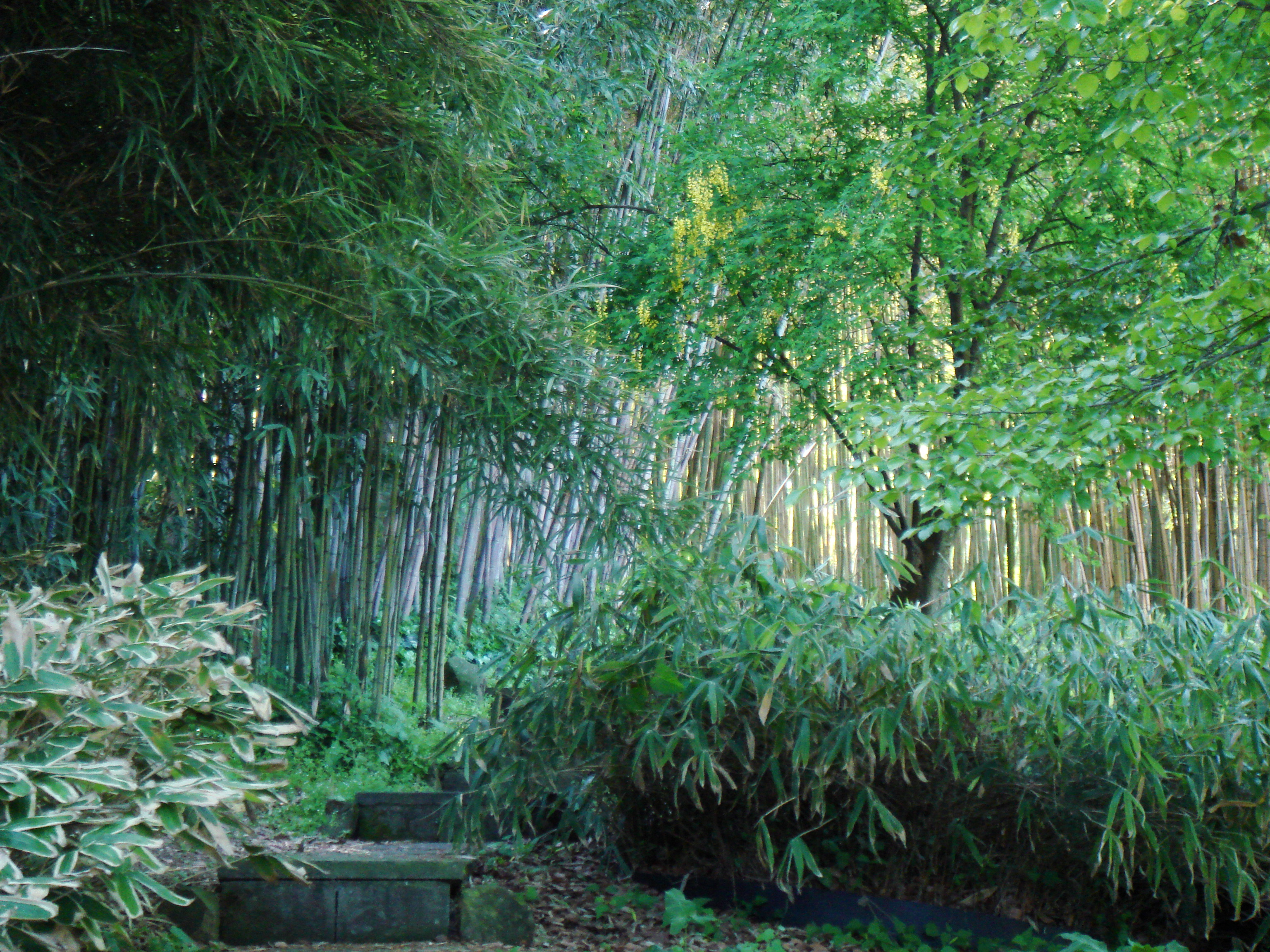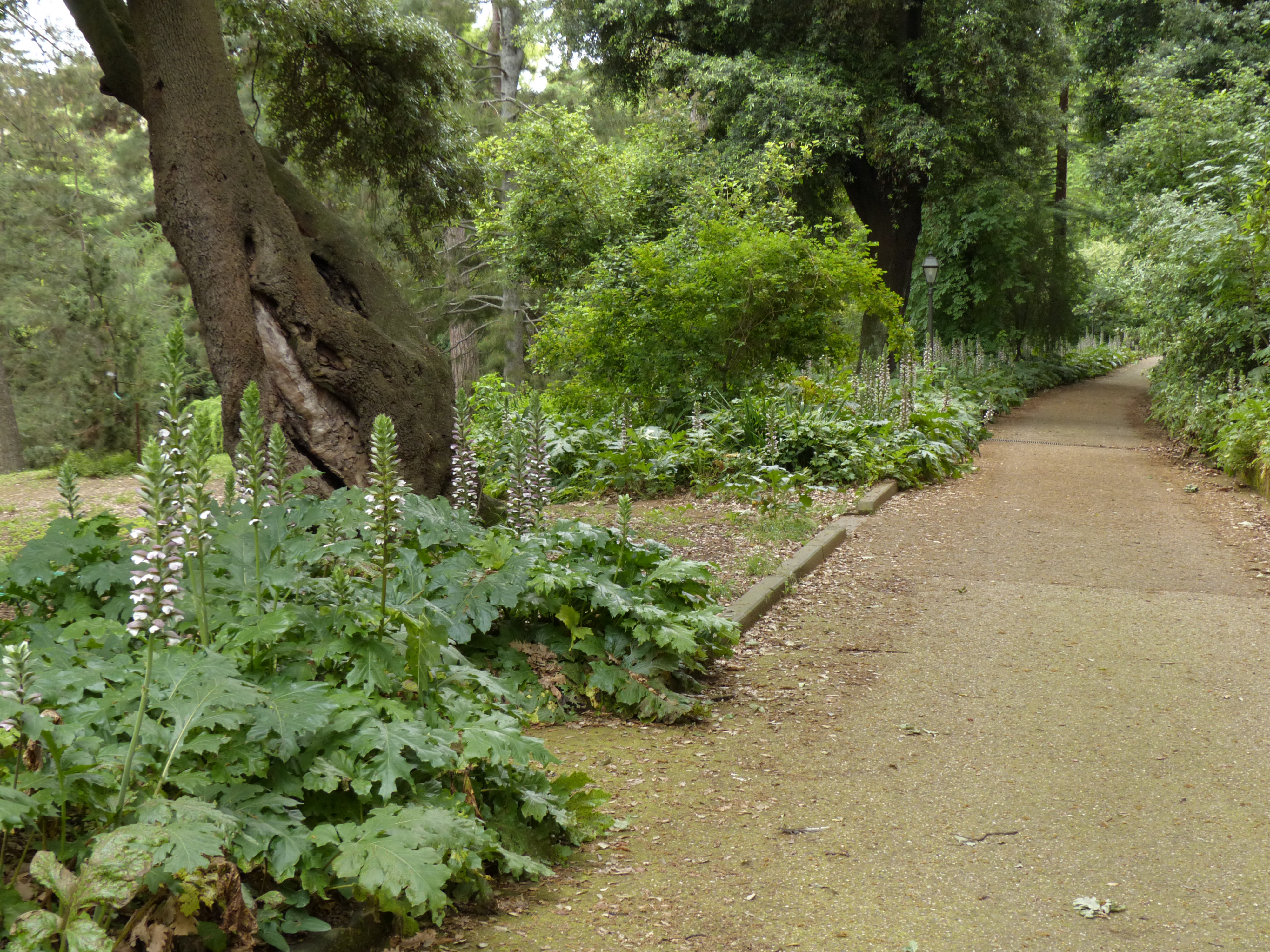
Sapienza University Botanical Garden
This post is also available in:
 Italiano (Italian)
Italiano (Italian)
The Botanical Garden extends over 30 acres of land, developed on the slopes of Colle del Gianicolo hill, in the ancient park of Villa Corsini – a sheltered and sunny position.
BOTANICAL COLLECTIONS:
Queensland kauri (Agathis robusta), red emperor maples (Acer palmatum), koda (Ehretia acuminata), cockspur coral tree (Erythrina crista-galli), beargrasses (Nolina longifolia), Coast redwood (Sequoia sempervirens), Chinese nutmeg yew (Torreya grandis), windmill palms (Trachycarpus spp.), Mazari Palms (Nannorrhops ritchiana), American yellowwood (Cladrastis kentukea), Persian ironwood (Parrotia persica), Canary laurel (Apollonias barbujana), European beech (Fagus sylvatica), Old World sycamore (Platanus orientalis), cork oak (Quercus suber).
Bamboo: Phyllostachys spp., Sasa spp., Bambusa spp. e Pleioblastus spp..
Mediterranean wood: on the hill, it features many species which used to grow there in ancient times. There are evergreen oaks (Quercus ilex), downy oaks (Quercus pubescens), common oaks (Quercus robur), and sessile oaks (Quercus petraea). Then, there are also field maples (Acer campestre), laurustines (Viburnum tinus), bay laurels (Laurus nobilis), common hornbeams (Carpinus betulus), and Italian buckthorns (Rhamnus alaternus).
Palms: Phoenix spp., and Trachycarpus spp.
Rose bush: ancient species, including Gallic roses (Rosa gallica), rambling roses (Rosa Phoenicia), dog rose (Rosa canina), and musk roses (Rosa moschata).
Herb garden: it features a series of raised flower beds that host thematic species suitable for touching or smelling.
Fern valley: it houses a collection of herbaceous ferns, including Asplenium adiantum-nigrum, Athyrium filix-femina, Pteridium aquilinum, Polystichum setiferum, Phyllitis scolopendrium e Woodwardia radicans.
Water plants: many species grow by the stream, the pond, and some tanks.
Monumental greenhouse: built in 1877, it houses a collection of Euphorbias.
Corsini greenhouse: Built in the 19th century, it’s the first warm greenhouse built in the garden. It houses a collection of succulent plants, like Cactaceae, Agavaceae, Euphorbiaceae, and Crassulaceae.
Tropical greenhouse: it hosts species from tropical and subtropical environments. Inside the greenhouse, the humidity remains constantly at 80%, and the temperature ranges between 18 ° C and 20 ° C in the winter, and around 30 ° C in the summer. The greenhouse is organized with tropical undergrowth species; marsh plants; useful plants for humans; tropical forest; palms.
Japanese garden: it was built with traditional features, small waterfalls, and two ponds.
This post is also available in:
 Italiano (Italian)
Italiano (Italian)
Contatti
Largo Cristina di Svezia 24 - 00153 Roma(RM)
06 49917108 (Centro visite) / +39 06 49917107 (Biglietteria)
info-ortobotanico@uniroma1.it
Altre info
0-5 anni, disabili, personale e studenti della Sapienza: gratuito ; 6-11 e +65 anni: 4 euro ; 12-65 anni: 8 euro ; guida: 4 euro a persona, minimo 10 persone ; gruppi, minimo 20 persone: 0-5 gratuito, +5 4 euro/persona
30 marzo - 18 ottobre: dalle ore 9.30 alle ore 18.30 ; 19 Ottobre - 29 Marzo : dalle ore 9.30 alle ore 17.30 ; chiuso nei giorni festivi




